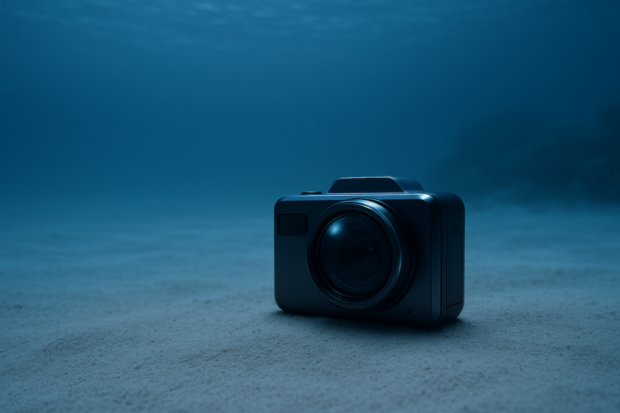Mastering underwater photography techniques for capturing aquatic adventures
Learn essential techniques to capture your aquatic adventures with precision and creativity. Focus on framing, lighting, and equipment handling tailored for sport diving scenarios to document thrilling underwater races and obstacle courses effectively.
Underwater photography offers an exciting opportunity to capture the beauty of aquatic environments. Mastering this art requires understanding the unique challenges posed by water. With the right techniques, each shot can be vivid and dynamic, capturing the essence of underwater experiences.

Understanding framing techniques for dynamic shots
Framing is crucial in underwater photography. The fluid movement of water offers opportunities for creative compositions. Be aware of surroundings and look for natural frames like coral reefs or schools of fish to add depth. Experiment with angles to enhance photo impact; try shooting from below or above your subject for a more engaging perspective.
Anticipating movements is essential when capturing high-energy activities like sport diving. Practice and patience are key, as timing is crucial. Keeping your camera steady while predicting diver movements helps maintain focus and clarity. Leveraging negative space can draw attention to your subject and provide balance, ensuring every element serves a purpose.
Using various focal lengths can help achieve desired framing effects. Wide-angle lenses are useful in underwater photography as they capture expansive scenes without compromising detail. This is advantageous during events like underwater obstacle courses where capturing the full scope is crucial. Adjusting focal points allows you to highlight specific aspects while maintaining a cohesive image.
Consider the rule of thirds when composing underwater shots, but don’t be afraid to break it intentionally for dramatic effect. Position key elements along these invisible grid lines to create more engaging compositions. When photographing divers or marine life in motion, leave extra space in the direction they’re moving to create a sense of movement and purpose in the frame. This technique, known as “leading space,” helps viewers anticipate the subject’s trajectory and creates more dynamic images.
Effective lighting strategies in underwater settings
Lighting plays an integral role in underwater photography, affecting mood and clarity. Water absorbs light quickly, reducing contrast and color saturation. Artificial light sources like strobes or video lights can illuminate subjects evenly and add vibrancy to colors. Positioning them correctly is vital.
The angle of light entry can alter photo appearance. Midday sunlight creates harsh contrasts; shooting during early morning or late afternoon offers softer lighting conditions. Experimenting with backlighting can result in striking silhouettes against a bright background when executed skillfully.
Balancing natural and artificial light is important to avoid stark contrasts. Achieving this harmony requires understanding how light sources interact in aquatic environments. Practice refines this skill over time. Reflectors can aid in redistributing available light more evenly across subjects if additional equipment isn’t accessible.
Handling equipment with care for optimal results
Proper equipment handling is crucial in underwater photography during sport diving. Ensuring gear remains secure yet accessible is essential for seamless operation amidst turbulent conditions. Before diving, check every piece to ensure functionality remains uncompromised by water exposure: O-rings must be sealed, batteries charged, and lenses cleaned.
Familiarity with camera controls enables intuitive adjustments without extensive manipulation underwater, critical when swift reactions are necessary. Employ buoyancy control techniques adeptly: stabilizing yourself maintains steady shots despite unpredictable environmental factors.
Understanding buoyancy is key—mastery over one’s position facilitates smoother transitions between angles, enhancing the ability to adapt framing preferences based on situational demands encountered throughout dives. Using underwater cameras allows photographers to document events like underwater races and obstacle courses.
One notable example of successful underwater photography involves capturing a high-stakes underwater race in the Bahamas. The photographer used wide-angle lenses to encompass the entire field of competitors, while strategically placed strobes illuminated the vibrant coral and marine life, adding depth and color to the images. Such detailed planning and execution highlight the potential of underwater photography when done with the right techniques and equipment.
